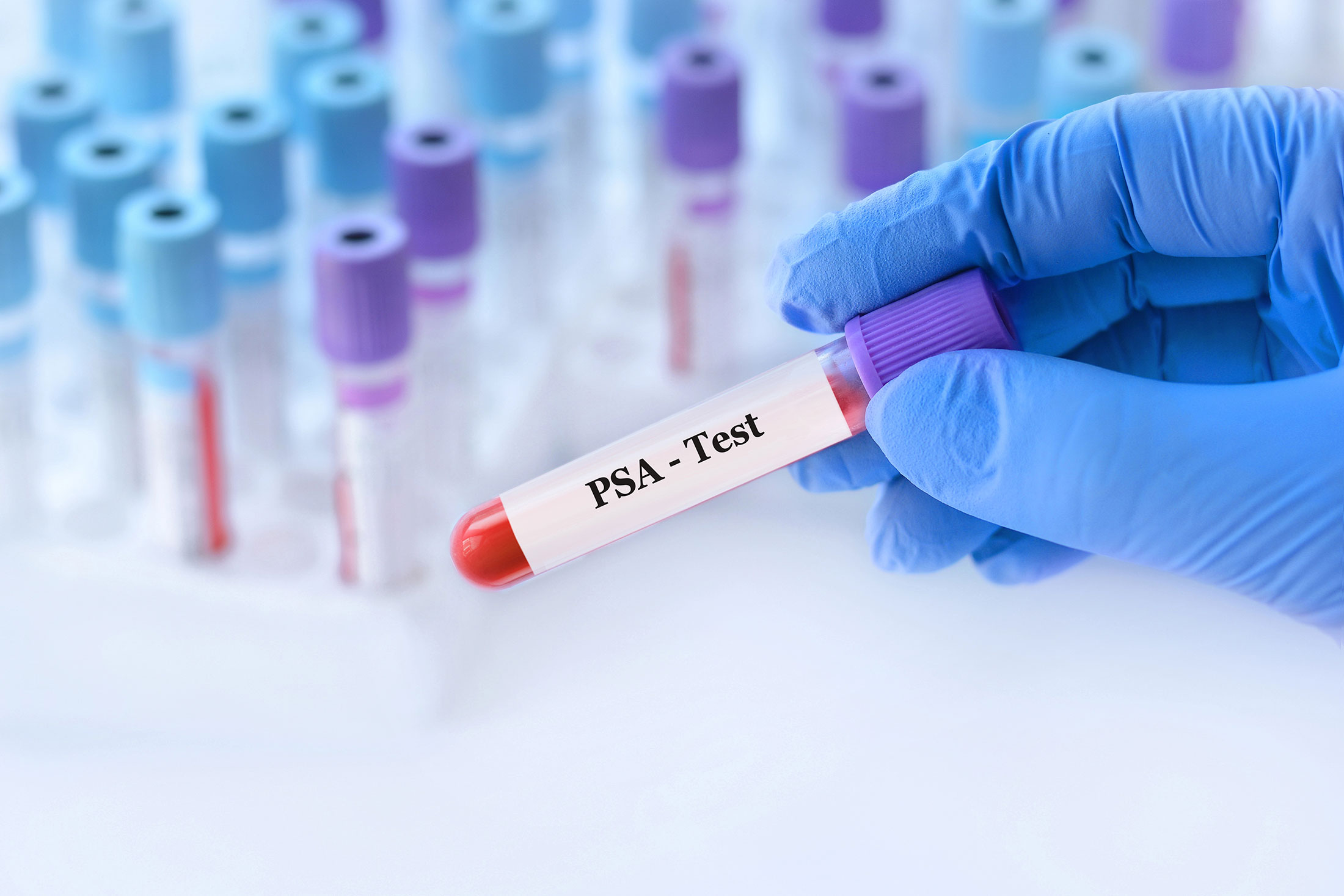“Your PSA test is back and it’s high.” That phrase can sound like a verdict. But on its own, it’s nearly meaningless. PSA is a signal — and interpreting it properly requires context. Several key factors help determine whether there’s cause for concern in your case.
You need enough detail to understand what PSA is really showing, clear caveats so you don’t misinterpret the numbers, and above all, reassurance and guidance that the next step is with a specialist — not Dr. Google.
Let’s walk through the main considerations.
When Should You Start PSA Testing?
Most men can start PSA testing around age 50. But if you’re at higher risk, earlier testing – as early as 40, but definitely from 45 – makes sense. That includes men with a family history of prostate cancer, or even certain cancers in female relatives — like breast or ovarian cancer linked to the BRCA gene. Men of African ancestry (including African American and African Canadian men) also have a higher incidence of prostate cancer and are often advised to begin testing earlier.
Why does this matter? Because risk isn’t the same for everyone. A man with no family history may never develop prostate cancer. Another, with the same PSA number but a strong family history or higher-risk background, may need closer monitoring or earlier follow-up.
The takeaway: age is just the starting point. Your personal and family history – along with ancestry – help decide when PSA testing should begin.
How to get tested: Most men get the requisition from their family doctor. If you don’t have a GP, you can request one at a walk-in clinic.
PSA Over Time
One PSA result doesn’t tell the whole story. What matters most is how your PSA changes over time.
A steady PSA of 3 for years may be less concerning than a jump from 1.5 to 3 in a short period. That rate of rise is called PSA velocity.
Some increase is expected with age. But a sudden spike deserves closer attention. As a rule of thumb, a rise of more than 20% in a single year is suspicious for prostate cancer and usually prompts further investigation.
The trend is often more important than the number itself.
How often to test: A pattern usually takes at least two years to establish. If PSA stays stable, many doctors repeat it every 2-3 years. If it’s rising, closer follow-up is recommended.
PSA and Prostate Size
A bigger benign prostate usually makes more PSA. That’s why the same PSA number can mean different things in different men.
This is where PSA density comes in. It’s the PSA level compared to the size (volume) of the prostate.
A PSA of 5 might be less worrying in a man with a very large prostate. The same PSA of 5 in a man with a smaller prostate could mean something else.
Context matters. PSA should always be read alongside prostate size.
How prostate size is measured: It can be estimated during a physical exam, but the most accurate way is with imaging such as ultrasound or MRI.
Free-to-Total PSA Ratio
PSA in the blood comes in two forms: “free” and “bound.” The ratio between them can give extra clues.
- A higher ratio (more free PSA) is usually reassuring.
- A lower ratio (less free PSA) can point to a higher chance of prostate cancer.
It’s not a diagnosis on its own. But it helps decide whether further testing, like an MRI or biopsy, makes sense.
The free-to-total ratio is one more piece of the puzzle — useful when PSA alone doesn’t give a clear answer. Importantly, the free-to-total ratio is only accurate and useful when the total PSA is between 4 and 10. Outside that range, it’s not considered reliable for risk assessment.
Is this a separate test? Yes. Your doctor has to specifically order “free and total PSA” on the bloodwork requisition.
Other Reasons PSA Can Be High
An elevated PSA doesn’t always mean cancer.
In fact, many common conditions can push it up:
- Inflammation or infection
- Recent ejaculation
- Recent catheter use or instrumentation
- Even activities like cycling
This is why a single PSA test is never the whole story. Context is everything.
Wrapping It Up
PSA is a useful test — but only when interpreted properly. Age, family history, prostate size, changes over time, and free-to-total ratio all matter. So do the many non-cancer reasons PSA can rise.
If you’ve been told your PSA is high, don’t panic. And don’t make decisions based on one number.
PSA is only one part of the picture. If you have PSA results and other information such as prior tests, imaging, or family history, we can help put it all together and guide your next steps.

